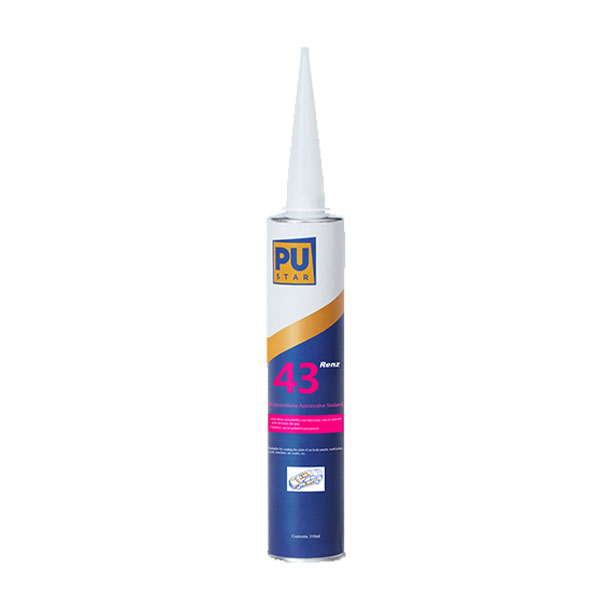It’s springtime! Time to start working on your project car, learn a new wrenching skill, learn how things work under the hood, or just spruce up your daily driver. All month, we’ll be looking back at our best informative, maintenance and DIY articles from Jalopnik’s near 20-year history to get your ride ready for the road. Welcome to the Jalopnik Spring Tune-Up .
Recently, while looking at the vibrant lights of Hong Kong through a bus window, I noticed for the eleven-millionth time those little dots and that black band running along the edge of the glass. “What are these?” I wondered. So when I got home, I called up a major automotive glass manufacturer to find out. Auto Windshield Polyurethane Sealant

To get a definitive answer, I rang up Pilkington, a United Kingdom-based company that’s been in the glass business since 1826. The company is now part of Nippon Sheet Glass Co., a major Japanese supplier to the auto industry. So I figured surely they could give me some answers.
And they did. I spoke on the phone with a man named Rick, who told me he had spent many years working with car glass. Rick knows all.
Rick told me that the black band around the edge of the glass is called “frit,” a baked-on ceramic paint that’s essentially impossible to scrape off. That frit band along the edge of the glass, he told me, serves three main purposes.
First, and most importantly, it acts to prevent the sun’s ultraviolet rays from deteriorating the urethane sealant around the edge of the windshield. That matters, because the sealant doesn’t just keep rain out of the car — it actually holds the glass in place. The last thing you want is for the sun to cook your adhesive and send your window flying out the next time you hit a speed bump.
Second, the frit band acts to provide a rougher surface for that adhesive to stick to, and thirdly, it’s a visual barrier, covering up that nasty bead of glue so it can’t be seen from outside the car.
So why don’t old cars have the frit? Rick told me auto manufacturers used to use gaskets to keep windows sealed from the elements, and over top of that gasket, they’d fasten chrome trim to prevent the windshield from rattling out.
In the ‘50s and ‘60s, as auto manufacturers began transitioning from metal trim to adhesives to hold the glass in place. It became necessary to find a way to protect the glue and ensure good adhesion, and that’s how the frit was invented. Eventually, it became common on nearly every modern vehicle.
The “dot-matrix” you see on car windows is a halftone pattern, serving an aesthetic purpose. The pattern simulates a smooth gradient from the solid black of the frit band to clear glass, by gradually decreasing the size of the black dots as you move from the edge of the glass toward the middle. This provides a more visually pleasing transition, and helps make the frit band less noticeable.
After this article was originally published, an engineer with Pittsburgh Glass Works contacted me to point out another, more important purpose for the dots. He explained to me that windshields are bent in a hot oven, like the one seen here . Because the frit band is black, it tends to heat up faster than the transparent glass. A sharp thermal gradient between the frit and the clear glass can cause optical distortion, or “lensing,” which is something you don’t want in a windshield. The dot-matrix gradient helps to create a more even temperature distribution, minimizing distortion when the glass is being bent into shape.
On modern cars, there’s often another group of dots on the windshield, right behind the rear-view mirror. As shown in the clip below, these dots, called the “third visor frit,” are there to help block the sun from beaming into the gap between the two sun visors.
So there you go: The dots on the edges of your car’s windows are there to provide a smooth transition from that crucial solid-black frit band to the clear glass. This helps the glass look more aesthetically pleasing, prevents the glass from distorting during production, and helps to keep your windshield firmly mounted in your car.

Building Structure Adhesive Fairly simple, and while this maybe won’t be the most important thing you learned all day, it was eating me alive not knowing.